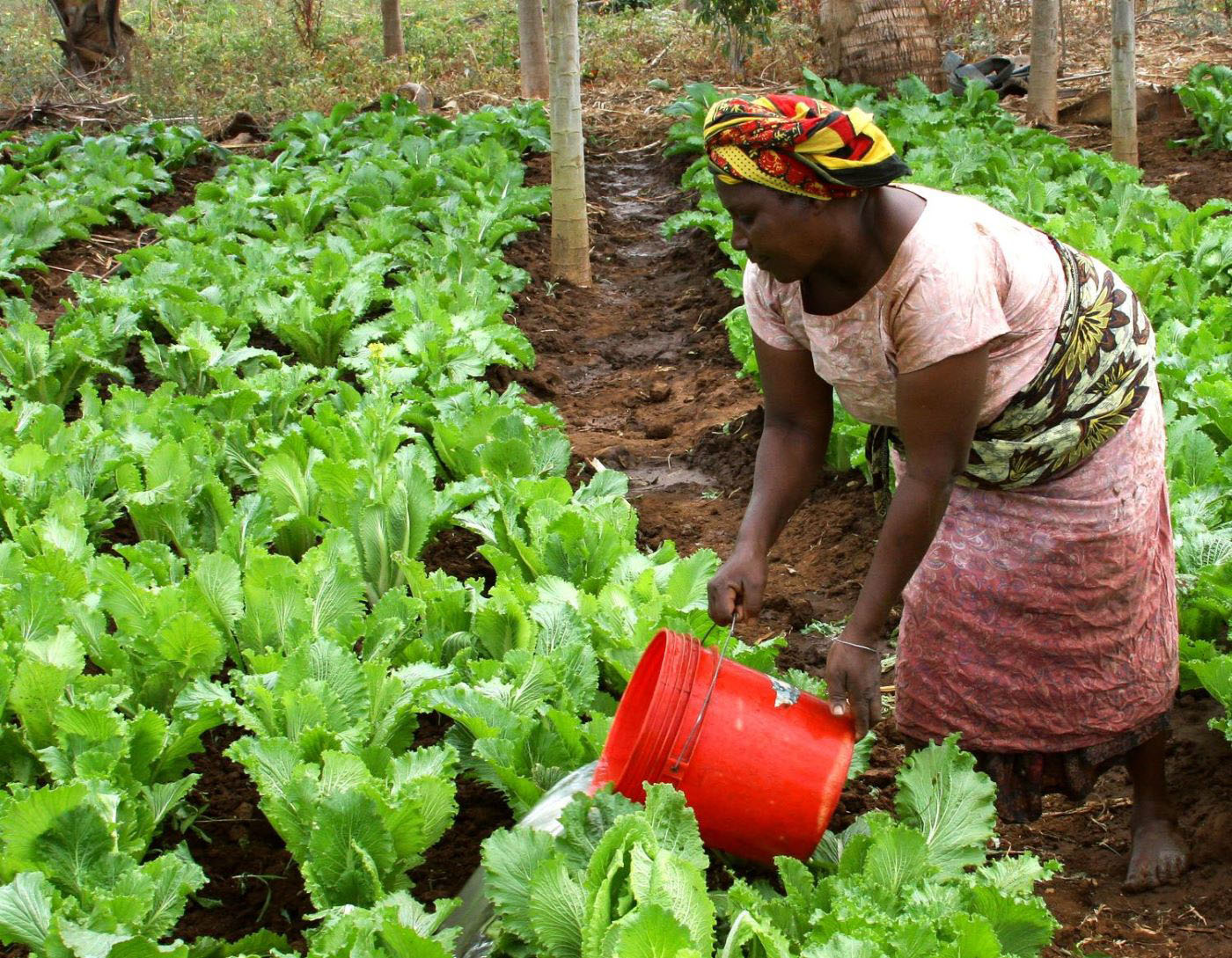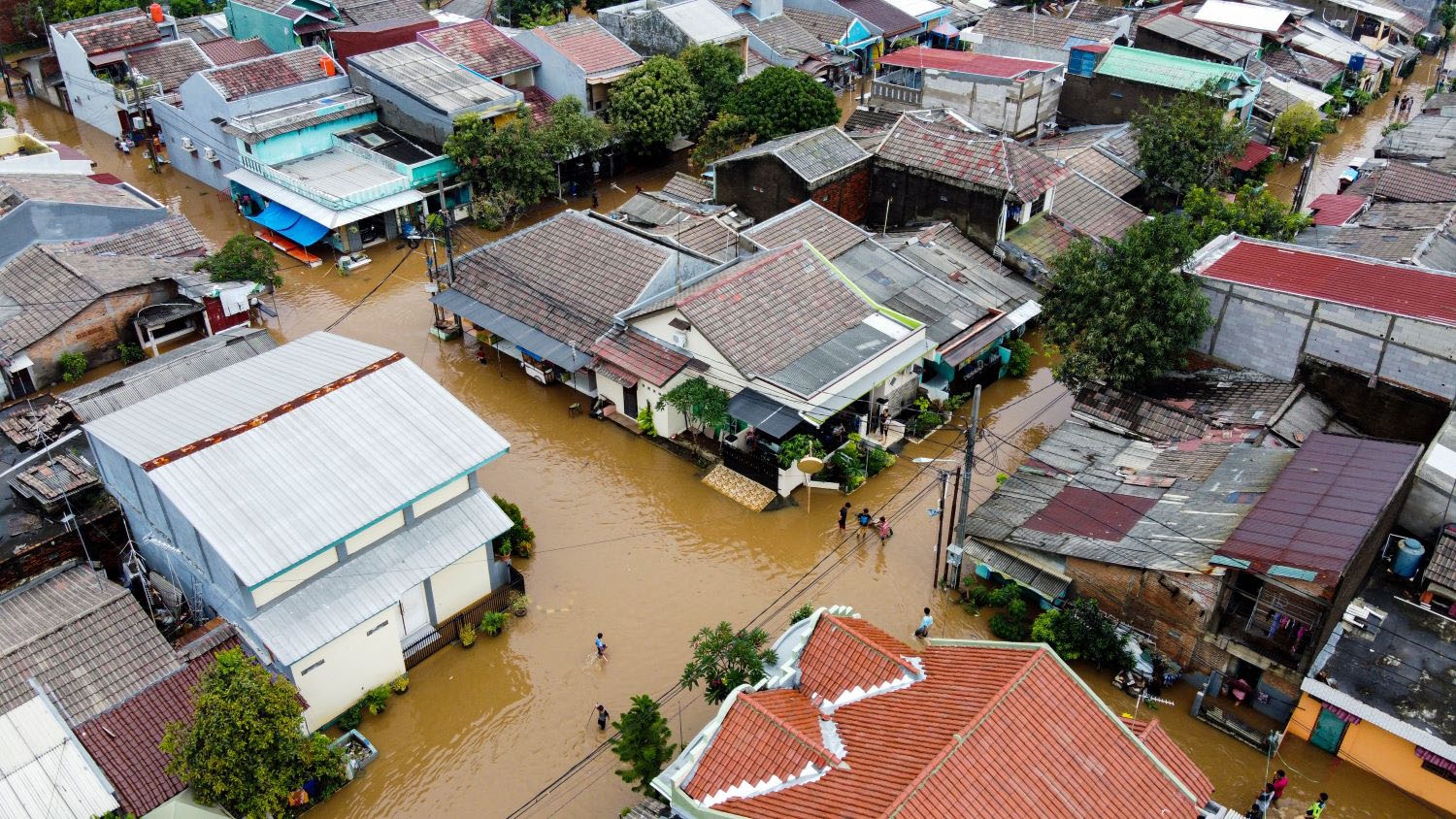Québec does it with California. Mexico wants to do it with California too, while California wants to do it with a Brazilian state. European countries have been doing it with each other for years, and China's started doing it with itself.
And while some find it icky, the future of our species depends on it happening.
It, of course, is carbon trading. And since it’s so gratifying for all involved, the international agreement on climate change being negotiated by diplomats in Paris should encourage countries to do it in a safe, responsible way.
Carbon trading is what happens when two countries swap the right to release a molecule of carbon dioxide to the atmosphere. One country releases less carbon dioxide than it would have otherwise; it then sells to another country the right to emit more. It’s cheaper to fight climate change this way than any other, cutting the global cost of avoiding a dangerous climate in half according to the SkyShares model created by my colleagues Owen Barder, Alice Lépissier, and Alex Evans.
Carbon trading is mutually satisfying. The country doing the selling gets a new, green source of revenue. The country doing the buying fulfills its climate promises more cheaply. Without carbon trading, some countries’ efforts to reduce their greenhouse gas emissions will be unnecessarily small while other countries’ efforts will be unnecessarily expensive.
It’s foolish for 200 countries to attempt to solve one of humanity’s biggest challenges in isolation, yet that’s exactly what’s currently happening. In contrast to the failed attempt in Copenhagen in 2009 to establish a universal, comprehensive climate accord, the Paris agreement is based on individual countries’ pledges of domestic climate actions.
The good thing about this bottom-up approach is that it will make it easier to reach an agreement in Paris. The bad thing is that unilateral reductions don’t add up to a safe climate. The bottom-up approach leaves out emission reductions that could be achieved with actions by one country and money from another.
Falling through the cracks is one of most attractive ways to fight climate change: protecting tropical forests. Stopping all tropical deforestation would reduce annual global emissions by as much as a third, with side benefits of clean water and air, protection from floods and landslides, and habitat for two-thirds of land animals and plants. Furthermore, protecting tropical forests is a bargain, keeping carbon dioxide out of the atmosphere at less than a quarter of the cost of actions in Europe or the United States, according to my research with Jens Engelmann.
But since most tropical nations are seeking ready cash, they are logging their forests and converting the land to pastures, agricultural lands, and mines. Many tropical countries would prefer to keep forests standing, but to justify doing so, they’d need a compensating source of revenue that makes trees worth more alive than dead.
As a stopgap measure, a few generous countries have stepped forward to fund tropical forest protection efforts using foreign aid. But foreign aid budgets, with all of their traditional strings attached, aren’t a natural fit. Tropical forest protection is not charity, since rich countries get something in return—a cooler climate. What’s needed is carbon trading, whereby rich countries pay for tropical forest protection out of self-interest, not charity.
The climate diplomats assembled in Paris can—and should—encourage countries and states to trade carbon internationally. In the cold-shower language of the United Nations, they should agree that “Parties may transfer mitigation outcomes for the purposes of fulfilling commitments and supporting actions under this Agreement.”
Like any consensual activity, carbon trading has some real risks. When Russian companies sold phony credits into Europe through the Kyoto Protocol’s Joint Implementation Mechanism, they impaired the performance of the entire European Union Emission Trading Scheme.
And so when countries engage in carbon trading, they should take responsible precautions. They should trade carbon at the level of countries or states to avoid many of the problems associated with bad-apple projects. They should follow established protocols to prevent, among other things, selling the same credits to multiple trading partners. And they should swap carbon with the lights of transparency on, and let third-party verifiers watch.
In Paris, climate diplomats shouldn’t be over-protective parents trying to forbid carbon trading between consenting partners. Nor should they be negligent parents who turn a blind eye to what’s going on under their roof. Rather, climate diplomats should set high expectations and encourage countries to trade carbon safely and responsibly.
After all, they're just going to do it anyway.
Disclaimer
CGD blog posts reflect the views of the authors, drawing on prior research and experience in their areas of expertise. CGD is a nonpartisan, independent organization and does not take institutional positions.





